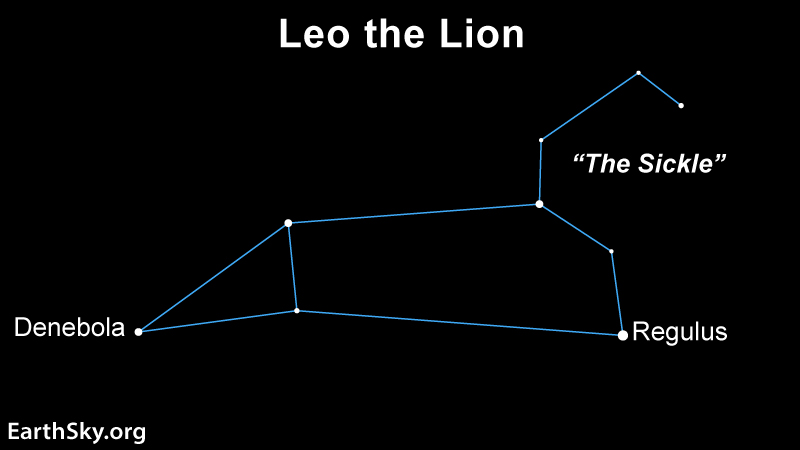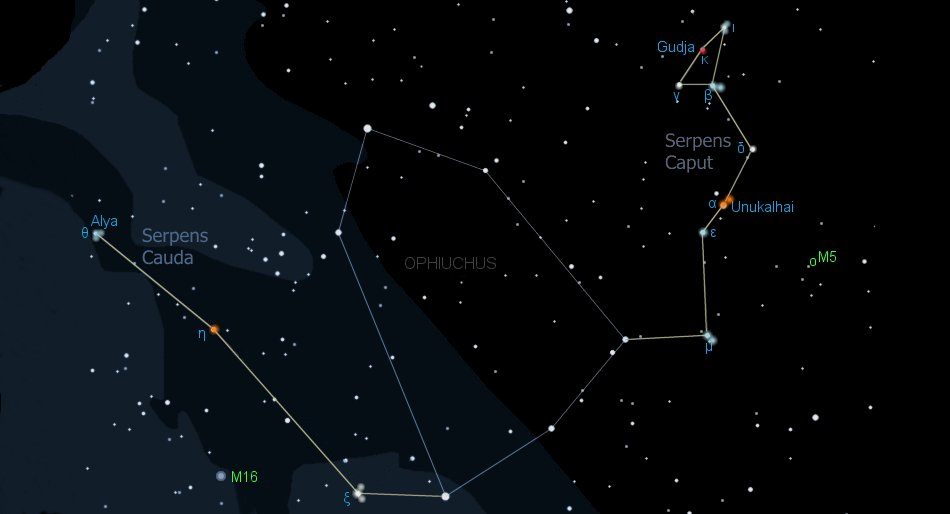THE SOUTHWORTH PLANETARIUM
70 Falmouth Street Portland, Maine 04103
(207) 780-4249 usm.maine.edu/planet
43.6667° N 70.2667° W
Altitude: 10 feet below sea level
Founded January 1970
2021-2022: CXXXII
"I am no bird and no net ensnares me; I am a free human being with an independent will."
-Charlotte Bronte
THE DAILY ASTRONOMER
Monday, June 6, 2022
June 2022 Night Sky Calendar Part I: The First of the Summer Stars
Although we're all eager to shrug away the last residues of spring and embrace summer like a hormone-ravaged teen would hug an unsuspecting love goddess, we must refrain, at least for now. After all, astronomical summer will not begin until 5:13 a.m., June 21, 2022, to be precise. For now, we remain lodged in spring. Perhaps that is all to the good. After all, we don't want to hasten the warm season's progression by so much as a nanosecond. Don't we want to savor every scent, sound and sensation associated with the warm season; from the gaggle of giggling children congregating around the gelato stand to the sight of the tower-tall pine presiding sentinel like over the sun-scorched beach sands? Add to that the remembrances of summers past and giddy anticipation of summers not yet born and the end result is a life-affirming jubilee of joy and beauty that casts into umbral shadow that four-day long do in commemoration of her majesty's seven-decade long reign.
While we'll have to wait to see what the weather gods bestow onto us, we can at least be assured that the star patterns that adorned past summer skies will parade across the firmament yet again. Now that the Sun is sliding slowly through Taurus the Bull, Orion and the menagerie of animals encircling him have vanished into the dusk. Looming high above them in the western evening sky are the Gemini twins, Castor and Pollux.

Castor and Pollux, or Polyduces, were both twin brothers and half brothers: a most unusual combination. Making twin half brothers requires two fathers and one rather efficient mother. (The proper term for this conception is "Heteropaternal superfecundation.") Their mother was the Ateolian princess Leda who became the Spartan queen when she married Tyndareus, who was Castor's father. Zeus, however, sired Pollux when she seduced Leda while assuming the form of a swan. As a result of both couplings, Leda produced two eggs. One of them contained Castor and his sister Clytmenstra. (We met her on May 11th.) Out of the other egg hatched the famous Helen and her brother Pollux. While Helen and her sister were often estranged, Castor and Pollux were the best of friends almost from birth and remained devoted to one another throughout. They matured into fine horsemen and warriors. In fact, the name Polyduces means "Boxer." These two formidable fighters embarked on many adventures together, notably the Calydonian boar hunt in which Atalanta -we met her on May 7th- figured prominently. They joined Jason and the other Argonauts in their pursuit of the Golden Fleece. They also angrily pursued Theseus when he kidnapped the young Helen. The fame-seeking Theseus had heard the prophecy that Helen's abduction would precipitate the greatest war the world had ever known. Theseus had hoped to bring that conflict about and then serve heroically in it. Alas, all he managed to do was incur the wrath of her brothers. They found Helen at the home of Aethra, Theseus' mother. Theseus decided to keep her there while he and Pirithous ventured down into the underworld to kidnap Hades' wife Persephone. We might recall that Hades welcomed them both to his house and had them sit on chairs of forgetfulness. The god knew full well their intentions and it amused him to keep them in states of utter bewilderment. This situation proved to be a blessing for Theseus, for he was not present when Castor and Pollux arrived to collect Helen. He might have been a match for one of the Gemini twins, but not both of them. It was one of the mythological realm's greatest ironies: Theseus' life was spared by having been imprisoned in the land of the dead*. One day, as Castor and Pollux were engaged in a battle within Sparta, Castor was slain by Argive King Lynceus, whom Pollux then promptly killed. As he embraced his brother's corpse, Pollux, who was immortal by virtue of his parentage, pleaded with Zeus to kill him, instead, and bestow immortality on his brother. Although Zeus refused to fulfill this request, he did allow Pollux to ascend into Olympus with his brother's shade. They were both then placed in the sky as the Gemini twins, a constellation prominent in the winter and spring evening sky. Unlike many of the other disagreeable characters adorning the firmament, the Gemini twins exemplify the finest human traits: bravery, filial devotion and selflessness. Resembling conjoined stick figures, the Gemini twins represent the everlasting love of brothers.
The Sun passes through Gemini from the first full day of summer until late July, when it moves into the constellation Cancer the Crab. By mid-August, Sol proceeds into Leo the Lion, where it will remain until mid September.

Leo was the Nemean Lion which Heracles was required to slay as part of his labors. While under the influence of Hera's insanity spell, Heracles murdered his wife Megara* and their children. When he recovered his senses, the distraught Heracles consulted the Delphic Oracle to ascertain how he could atone for such an atrocious crime.l, Apollo, speaking through the Sybil, instructed Heracles to become a servant of King Eurystheus. This King commanded him to complete a series of labors. Once completed, Heracles would both receive absolution for these murders and would also achieve apotheosis.
The slaying of Leo represented Heracles' first labor. Not only was this lion ferocious, even by lion standards, it was also covered by a skin that protected it from all arrows, sword strikes or club assaults. After expending a quiver of arrows in a vain effort to slay the lion, Heracles wrestled it to the ground and strangled it to death. He then snapped off one of the claws and used it to cut away the lion's impenetrable hyde. Heracles then used that hyde as body armour for the rest of his life.
We see Lion in profile: occupying the same region of the sky where Hera placed it centuries ago. This elevation was intended as a tribute to a formidable creature that strove in earnest to kill Heracles: a feat that Hera, for all her efforts, never managed to accomplish herself.
Leo the lion begins the evening high in the western sky and will set before midnight.
Look toward the east early this evening and one will see the serpent's head rising above the horizon. Named "Serpens Caput," literally "Serpent's Head," this circular star pattern marks the western most section of Serpens the Serpent, which is draped across the body of Ophiuchus, the serpent charmer.

Despite its association with the dreaded serpent, Ophiuchus is arguably one of the kindest of all the constellation characters. Though just a mortal, Ophiuchus developed healing skills so formidable as to be almost divine. It was said that Ophiuchus could even heal those unfortunate souls who were so sick as to be within a hair's breadth of death. Unfortunately, he was nearby when Scorpius the Scorpion slew Orion the hunter. Ophiuchus promptly resurrected Orion, much to the chagrin of Hades, god of the Underworld, who demanded that Zeus contend with the matter. Zeus reluctantly killed Ophiuchus and then Orion. However, he then placed them both in the sky to honor them for their respective talents.
Tomorrow, Part II of the June 2022 Night Sky Calendar.
*According to Pseudo-Apollodorous, only the children were slain. However, the version by Hygius asserts that Heracles killed his wife and children. Also, Megara was the daughter of Theban king Creon, brother-in-law to the ill-fated Oedipus.
To subscribe or unsubscribe from the Daily Astronomer: